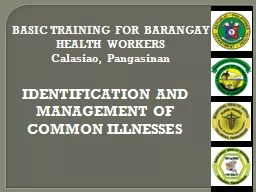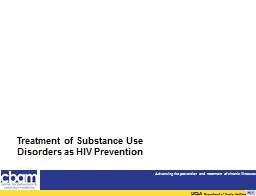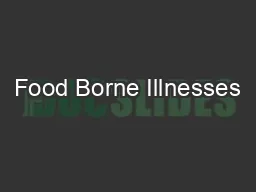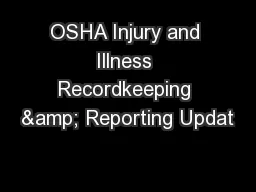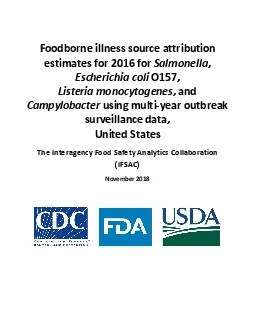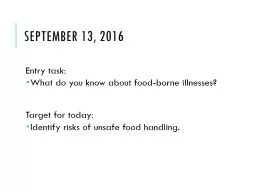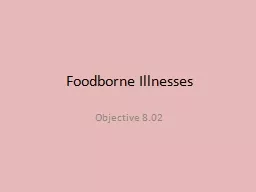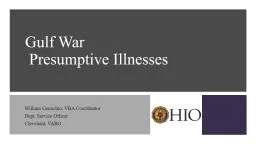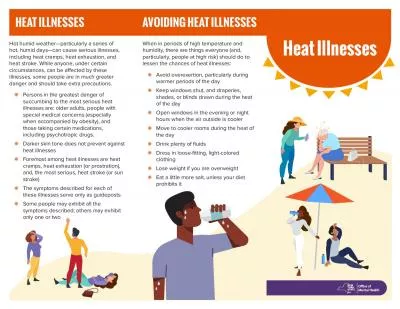PPT-IDENTIFICATION AND MANAGEMENT OF COMMON ILLNESSES
Author : mudth | Published Date : 2020-08-03
BASIC TRAINING FOR BARANGAY HEALTH WORKERS Calasiao Pangasinan GENERAL PRECAUTIONS TO OBSERVE FOOD eat properly cooked food preferably food must be eaten immediately
Presentation Embed Code
Download Presentation
Download Presentation The PPT/PDF document "IDENTIFICATION AND MANAGEMENT OF COMMON ..." is the property of its rightful owner. Permission is granted to download and print the materials on this website for personal, non-commercial use only, and to display it on your personal computer provided you do not modify the materials and that you retain all copyright notices contained in the materials. By downloading content from our website, you accept the terms of this agreement.
IDENTIFICATION AND MANAGEMENT OF COMMON ILLNESSES: Transcript
Download Rules Of Document
"IDENTIFICATION AND MANAGEMENT OF COMMON ILLNESSES"The content belongs to its owner. You may download and print it for personal use, without modification, and keep all copyright notices. By downloading, you agree to these terms.
Related Documents

